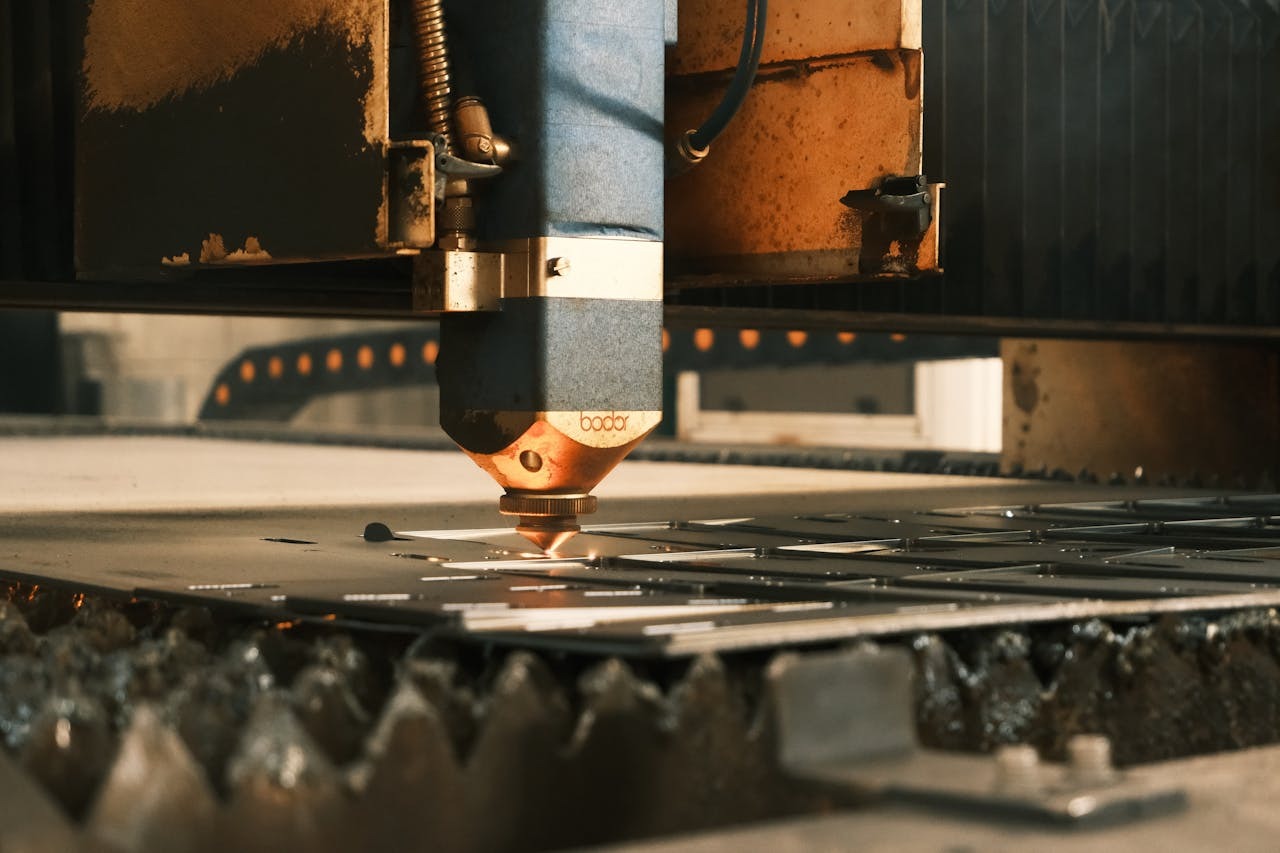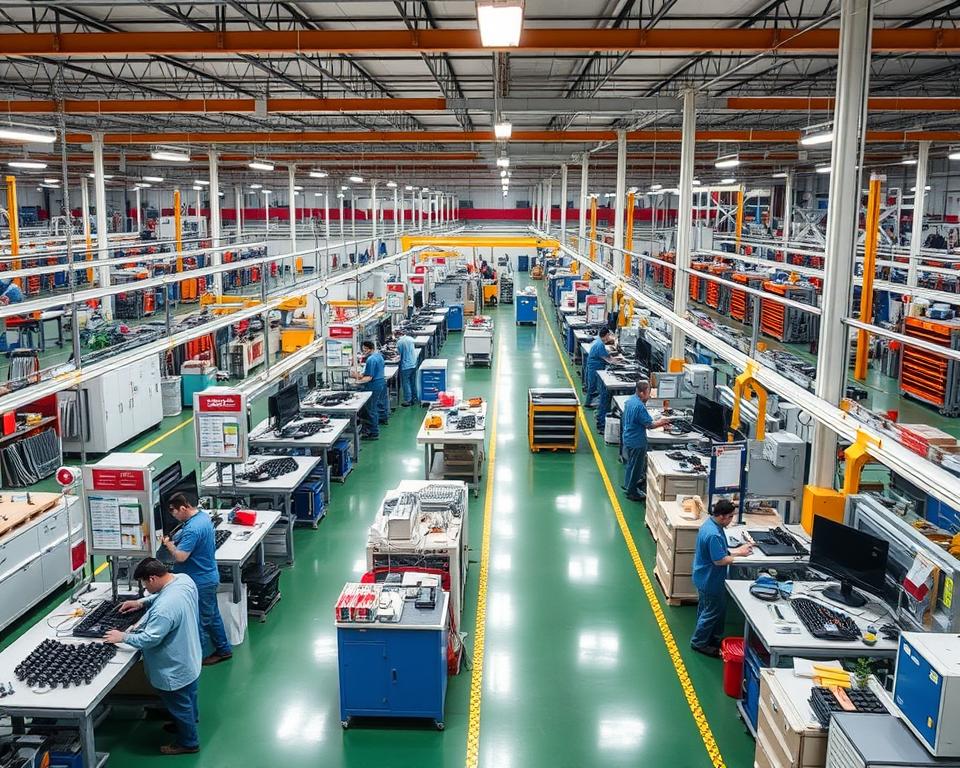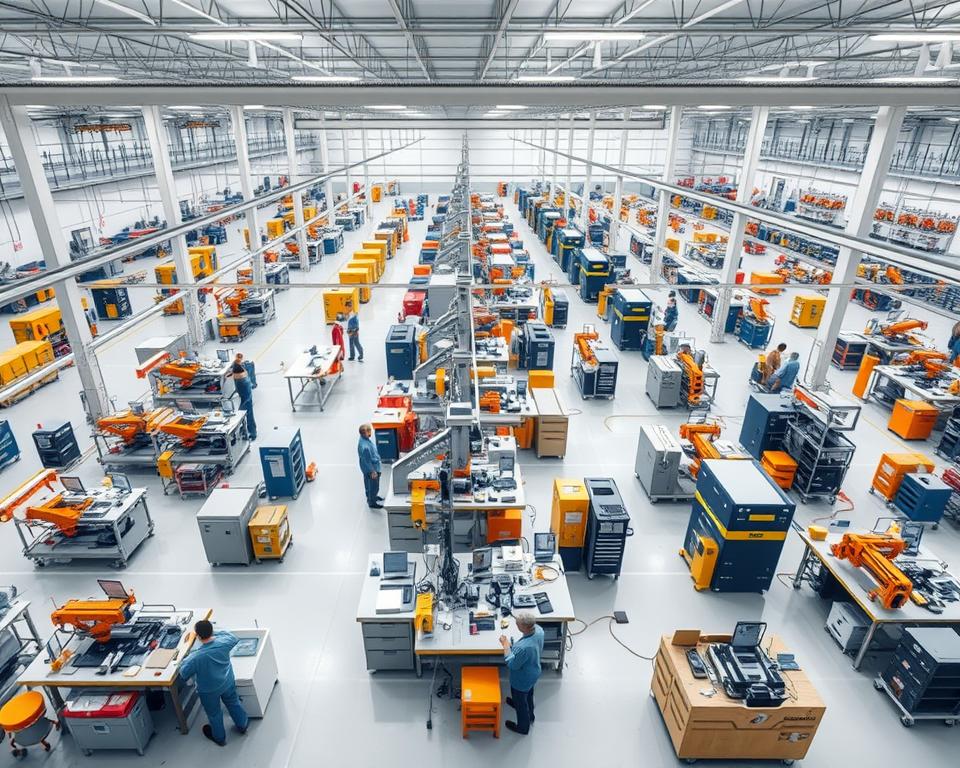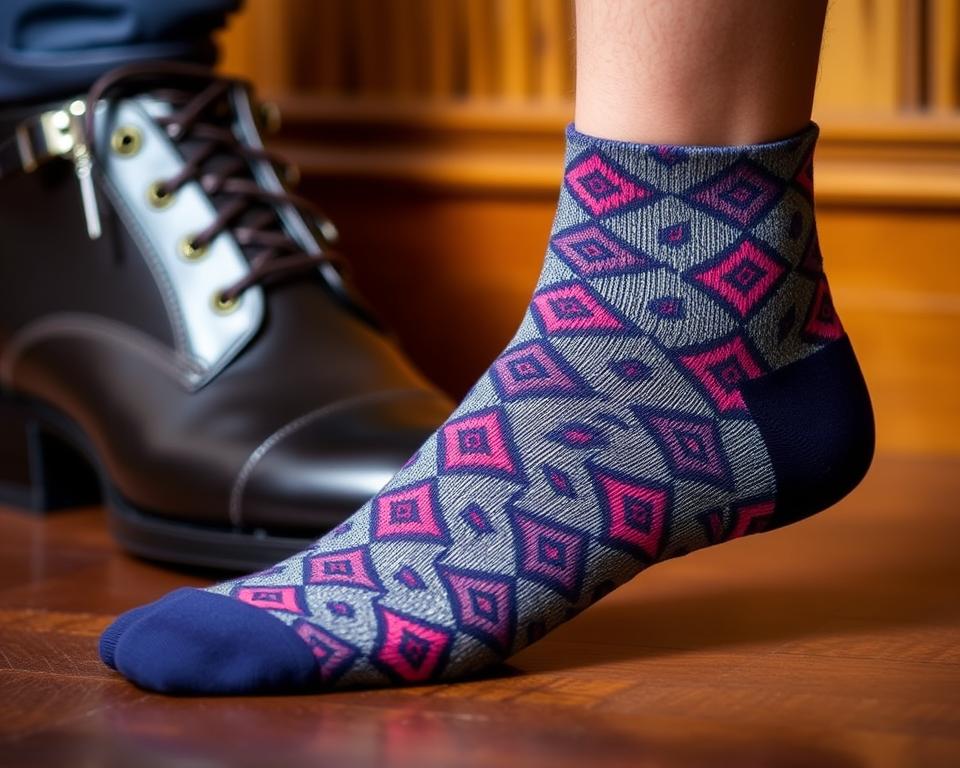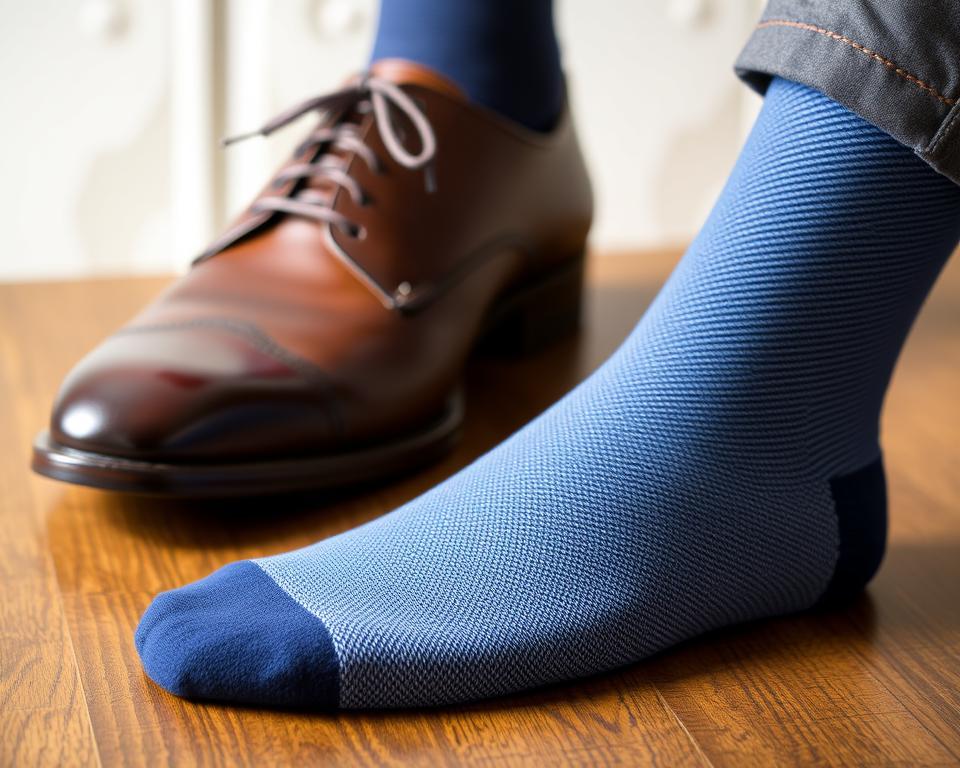IPTV subscriptions are changing the way we watch TV. They let us watch what we want, when we want, on different devices. Gone are the days of following TV schedules. Now, we enjoy more freedom and personalized shows thanks to IPTV.
The demand for IPTV is skyrocketing, growing 30% to 35% each year. Now, over one billion people worldwide enjoy its benefits. Countries like France, Germany, and the UK lead in Europe. Meanwhile, India is quickly becoming a major market for IPTV.
IPTV technology brings you many cool features. You can enjoy video on demand, interactive TV, live streams, and watch programs later. It supports various formats, ensuring you get the best picture and sound. It’s all about a top-quality, flexible viewing just for you.
Key Takeaways
- IPTV subscriptions provide high-quality streaming, with options for HD and 4K content.
- The global IPTV subscriber base has surpassed one billion, showcasing its widespread adoption and popularity.
- IPTV services offer a flexible and customizable viewing experience, allowing users to create their own channel lineups.
- France, Germany, and the UK lead the European IPTV market, while India is quickly emerging as a key player.
- With the shift to 100% digital TV, IPTV is positioning itself as a future-proof solution for media consumption.
What is IPTV?
IPTV stands for Internet Protocol Television. It’s changing how we watch TV. Unlike cable or satellite, it uses the internet.
The Basics of IPTV
IPTV means sending TV signals over the internet with Internet Protocol (IP). It’s different from the old ways. You get cool options like Video on Demand, watching live, and shows you can play anytime. People like this because they can choose when to watch.
How IPTV Works
To get how services like iptv france operate, know it uses fast internet to send shows to your device. Traditional TV sends the same show to everyone at once. IPTV only sends it when you ask, making it better quality. And yes, it can do 4K shows too.
With IPTV technology, there’s a mix of old and new ways of watching TV. This mix might make up 40% of the IPTV world by 2028. It shows how important IPTV is becoming.
Types of IPTV Subscriptions
There are many IPTV subscriptions available. They fit different views and likes. You can enjoy Live TV streaming, IPTV VOD, Catch-up IPTV services, and interactive TV. This way, everyone gets just what they like to watch.
Live TV IPTV
Live TV streaming is at the heart of IPTV. It lets you watch channels from around the world as they air. Some services have more than 20,000 live channels. This feature is why about 35% of IPTV users love it.
Video on Demand (VOD)
With IPTV VOD, viewers get to choose from a wide range of movies and shows. This option is popular. It’s why 70% of users prefer it over regular TV.
Catch-Up TV
Catch-up IPTV services help if you miss live shows. They let you watch past programs when you want. About 38% of users like this feature. It fits their busy lives.
Interactive TV
Interactive TV lets you pause and rewind live broadcasts. IPTV works on many devices, offering versatility. This is why 45% of users choose IPTV. They enjoy managing their watching schedule.
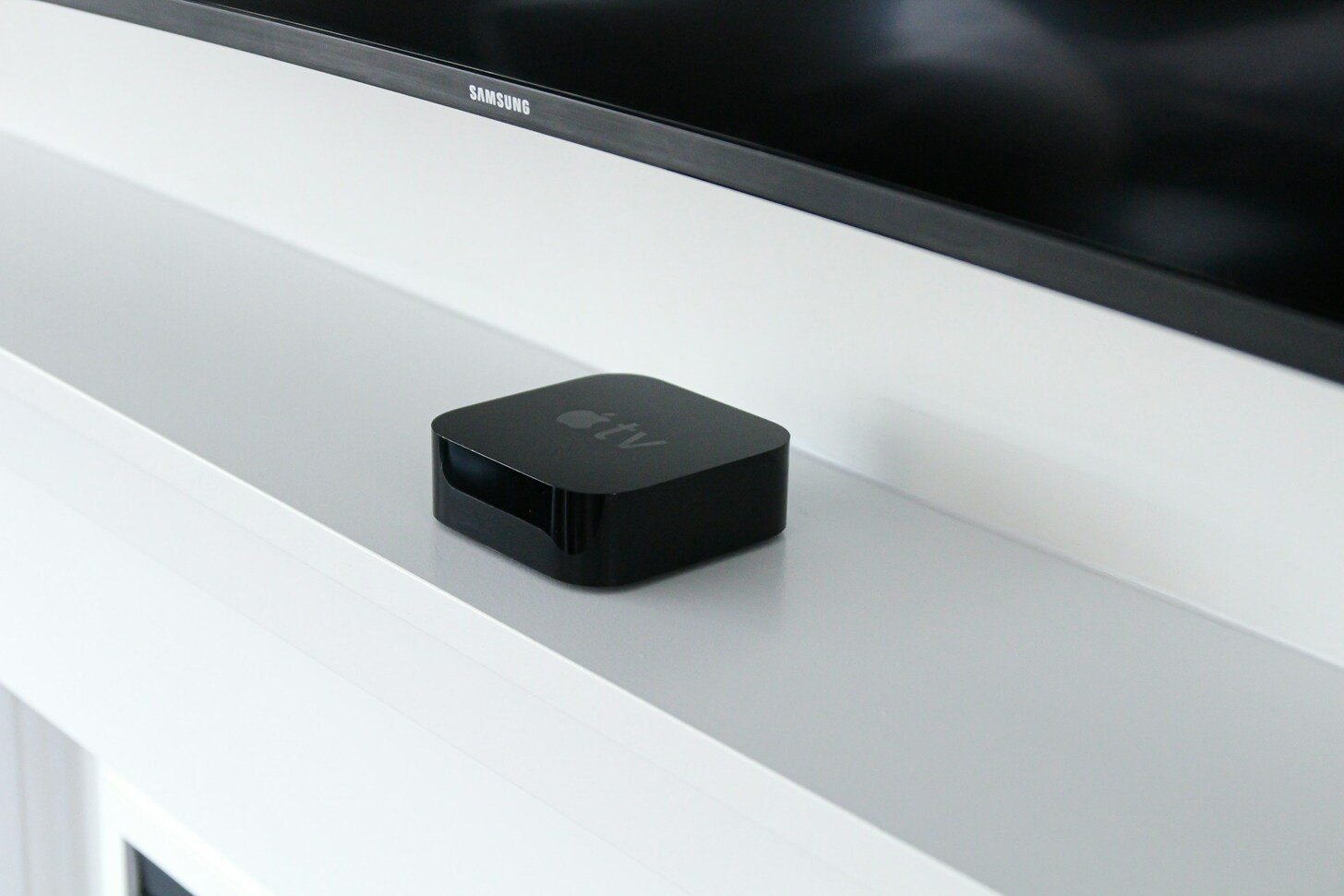
Key Features of IPTV
IPTV has many great features that make it different from regular TV watching. You get high-quality video, you can watch on different devices, and it’s very flexible.
High-Quality Streaming
IPTV’s streaming quality is amazing. If you have fast internet, like fiber optic, you can watch shows in 4K. This is much better than the usual 1080p you get with traditional TV. The picture and sound are both top-notch.
Flexibility and Convenience
Over 80% of IPTV users love its flexibility. You don’t have to follow a TV schedule. You can watch shows whenever you want. There’s on-demand content, catch-up TV, and Cloud DVR.
About 70% of users find the electronic program guides (EPGs) very helpful. They make it easy to plan what you want to watch.
Multiple Device Support
With IPTV, you can watch shows on many devices. About 85% of users enjoy watching on devices like smart TVs, tablets, or smartphones. It’s great because you can watch anywhere, anytime. This feature is why so many people prefer IPTV for its convenience and flexibility.
Cost-Effectiveness of IPTV Subscriptions
IPTV subscriptions are changing how we watch TV. They are affordable and versatile. IPTV is often cheaper than traditional TV. Traditional services have high monthly bills and extra fees. Many IPTV services let users pay only for what they watch. This can save a lot of money.
IPTV lets users pick their own channels. This means no paying for channels you don’t watch. Surveys show this makes users 40% happier. Also, IPTV adjusts video quality to your internet speed for a better experience.
IPTV offers VOD, HD, and international channels without extra costs. This gives viewers more choices. It also saves money. You get to enjoy shows from all over the world without limits.
| Feature | IPTV | Traditional TV |
|---|---|---|
| Monthly Costs | As low as $10 | $50 – $100 |
| Hidden Fees | Rare | Common |
| Customization | High | Low |
| Content Library | 5,000+ channels | Limited |
| Device Compatibility | Multiple Devices | Television Only |
| HD and 4K Support | 80% providers | Limited |
| Environmental Impact | Lower | Higher |
| Access to Geo-Restricted Content | High | Low |
IPTV is better for the environment than traditional TV. It uses the internet to stream shows. This means you can watch shows anytime, anywhere. IPTV is great for everyone. Whether for fun, work, or schools, IPTV makes watching TV better and cheaper.

User Experience and Customization
Custom IPTV services have changed how we enjoy digital content. They focus on what users like. This lets people set up their watching experience in new ways.
Customizable Channel Lineup
You can pick your channels with IPTV, unlike traditional TV. Add or drop channels anytime. This means you only pay for what you really want to watch.
- Traditional TV: Fixed bundles with limited customization
- IPTV: Flexible lineup with user-selected channels
IPTV also lets you make personal playlists and get show suggestions. This makes your TV time even better.
Interactive Features
With IPTV, you can control live TV. Pause, rewind, or fast-forward as you wish.
IPTV’s interactive features let you vote on shows, comment, and share on social media. This makes watching TV more fun and social.
Here’s how the interactive IPTV tools stack up:
| Feature | Benefit |
|---|---|
| Pause/rewind/fast-forward | Increased control over content viewing |
| Voting & Commenting | Enhanced viewer engagement |
| Sharing | Extended content reach |
Advanced tech like Edge-AI boosts IPTV. It gives personal tips and targeted ads in real-time.
IPTV offers total customization and new fun elements. It’s perfect for today’s viewers. IPTV keeps getting better, making TV watching more exciting and personal.
High-Definition and 4K Streaming
The rise of high-definition IPTV and 4K streaming has changed how we watch TV. These technologies give us clearer pictures and better sound. They make us feel like we’re right in the middle of the action.
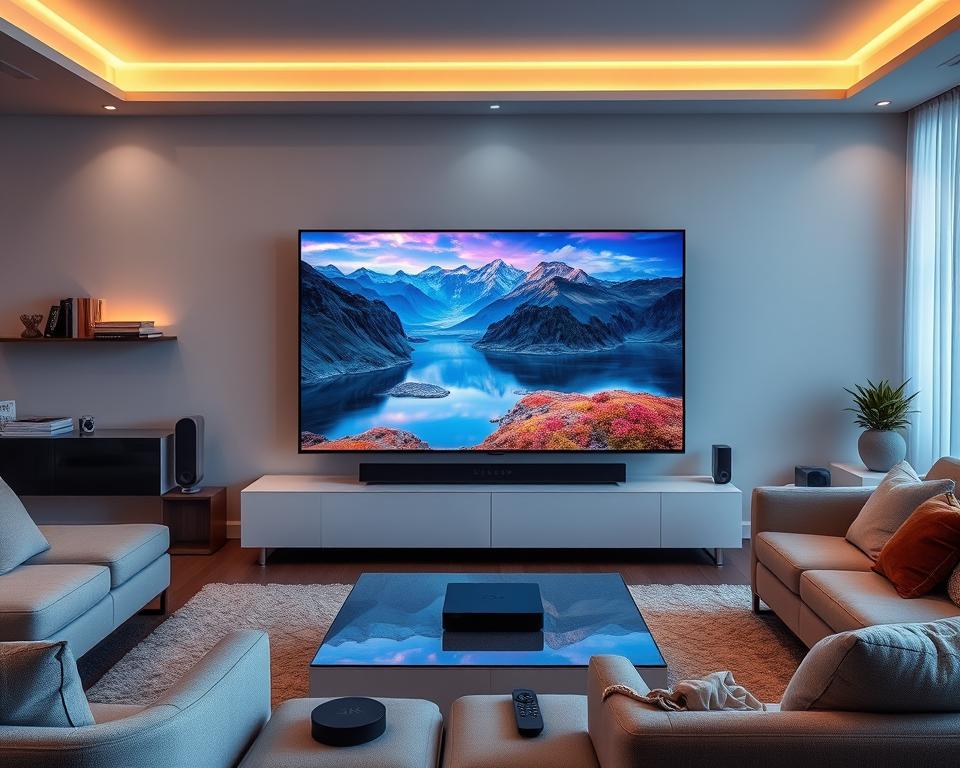
Improved Picture and Sound Quality
UHD 4K gives us pictures that are four times clearer than 1080p HD. It has up to 3840 x 2160 pixels. This means our favorite shows look incredibly sharp and clear.
Also, a 4K picture has about 8.3 million pixels. That’s a lot more than the 2 million in 1080p! To stream in 4K well, you should have internet that’s at least 25 Mbps fast.
Immersive Viewing Experience
The immersive IPTV experience is amazing. There are now over 11,000 channels in ultra HD. And, you can pick from more than 40,000 VOD titles. This huge selection lets us dive deep into our favorite movies and shows with great detail and color.
What’s more, 4K IPTV has over 170,000 VODs in 4K. This makes watching TV an even bigger adventure. And, you can watch on several devices at once with 4K IPTV. This makes it super convenient and flexible.
Streaming shows online is also kinder to our planet than old-school TV methods. It’s a step towards more green ways to have fun.
Multi-Device Compatibility
IPTV is great because it works on many devices. You can use it on a smart TV, computer, or tablet. This means you can watch what you want, whenever you want, without paying more.
Several ervices let you stream on various devices at once. To stream well, you need fast internet. You should have at least 10 Mbps for standard videos. For high definition, you need at least 25 Mbps. If many devices are used at once, a faster speed is best.
IPTV software also helps make streaming better. Apps work on many devices. They help you switch from one device to another easily.
Using a good media player like VLC Media Player makes things smoother. It’s important to keep your apps and devices updated for the best streaming. Sometimes, many people want to watch different shows at the same time. For better streaming, use a wired connection for TVs. Also, a VPN can help with safer and unrestricted streaming.
| IPTV Software | Compatible Devices | Key Features |
|---|---|---|
| IPTV Smarters Pro | Android, iOS, Windows, macOS, Smart TVs, Web Browsers | Supports multiple video formats, M3U URLs, Xtream Codes |
| GSE Smart IPTV | Android, iOS, Apple TV, Smart TVs | Supports various playlists, Cross-platform compatibility |
| Smart IPTV | Smart TVs (LG, Samsung), Android, iOS | Seamless integration with smart home systems |
| VLC Media Player | Windows, macOS, Linux, Android, iOS | Highly versatile media player, broad compatibility |
IPTV is awesome because it’s versatile and convenient. It gives a great streaming experience on different devices. This means you can always watch your favorite shows, wherever you are.
Global Content Accessibility
IPTV offers a way to watch shows from all over the world. It brings international IPTV content right to your screen. You get to see a huge variety of shows from different countries. This helps us understand different cultures better.
International Channels
IPTV is known for its big selection of channels from across the globe. It’s great for people living away from their home country. They can watch channels in their own language. About 70% of viewers from other countries use IPTV to stay connected. It helps them keep up with news and entertainment from back home.

Foreign Sports Events
Sports fans love IPTV for its access to international events. It lets you stream live sports, watch highlights, and get detailed analyses. A survey shows 64% of expats use IPTV to follow sports from their countries. It ensures fans don’t miss their favorite games, no matter where they’re located.
| Feature | IPTV | OTT |
|---|---|---|
| Content Delivery Network | Closed Network | Public Internet |
| Device Accessibility | Set-top Box Required | Various Devices |
| Content Geographical Access | Network Subscribers | Global |
| Operational Costs | Higher | Lower |
| Service Offerings | Subscription-based | Free and Paid Options |
How to Choose the Best IPTV Subscription
Choosing IPTV services involves considering many factors to better your viewing experience. One key aspect is content variety. For example, some services have over 110,000 live TV channels and more than 60,000 VOD options. This makes it great for those wanting many choices. Others also offers a huge selection, with over 33,000 channels and 157,000 VOD titles.
The streaming quality and uptime are crucial for a good viewing experience. The best IPTV services boast a 99.99% uptime, promising very reliable streaming. This means streams are consistent and dependable. When picking an IPTV provider, pricing and flexibility matter too. These choices fit different budgets and needs. Also, customer support is key. Choosing a service which offers 24/7 support, is wise. By looking at these aspects, you can find an IPTV plan that fits your wants, balancing content, quality, and cost.
The post Discover the Advantages of IPTV Subscriptions first appeared on AddisTribune - Africa and Worldwide News.
from
https://addistribune.com/discover-the-advantages-of-iptv-subscriptions/
